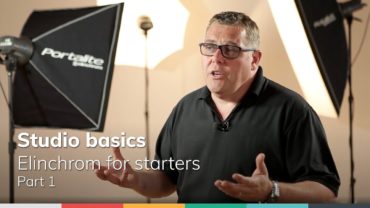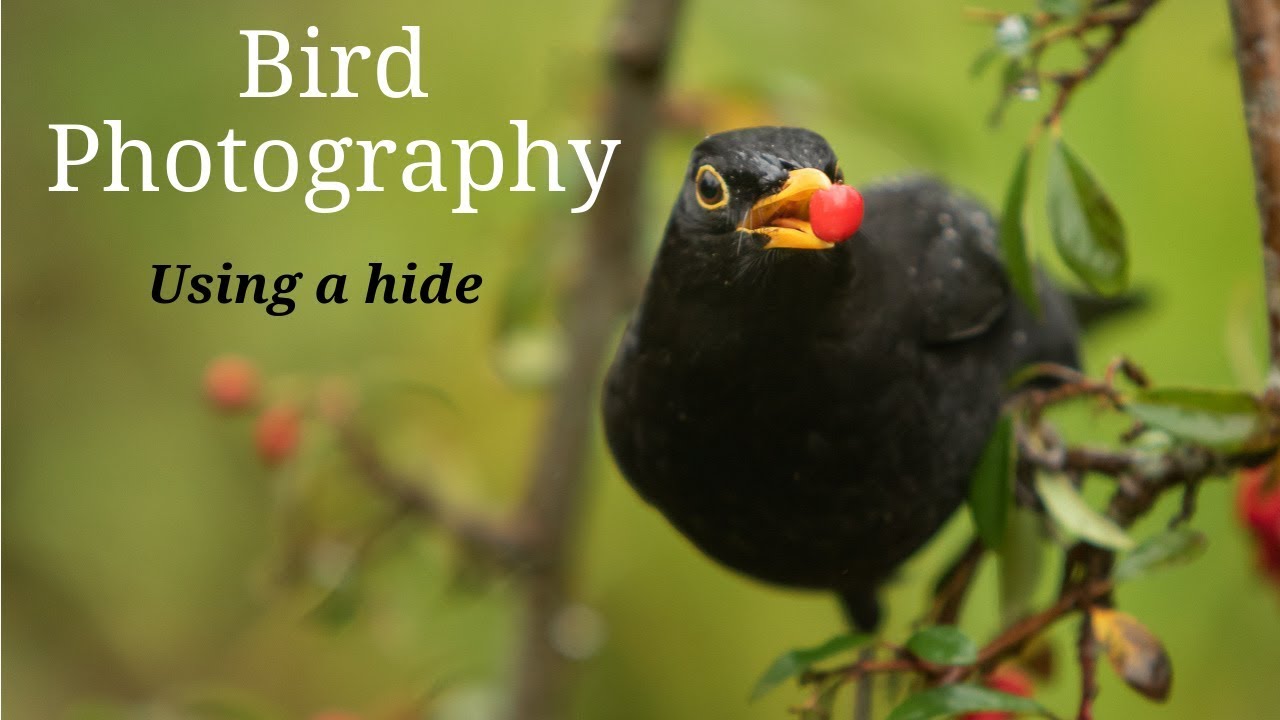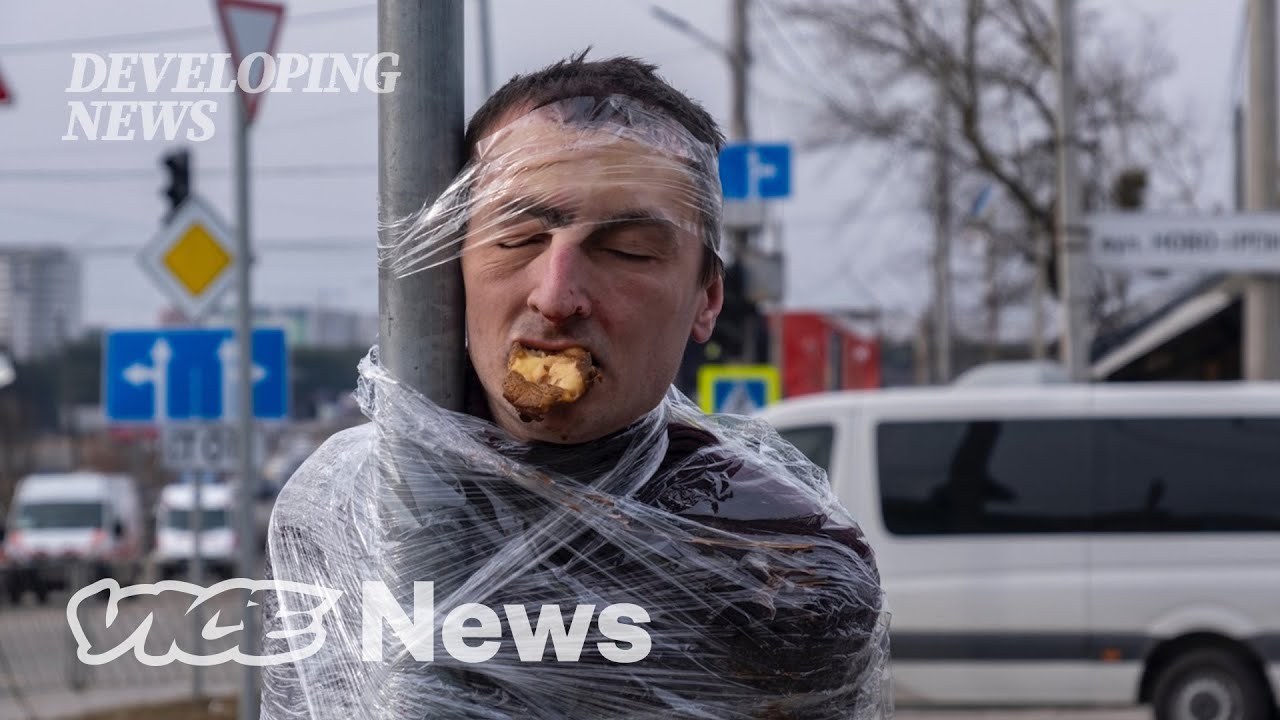DIY Cinematic Lighting Setup – $50
So this is our starting point:
the available light in the room. Lets see what it takes to
make it look like this: Using DIY lighting gear. Here's what we're gonna use: Some kind of big, white thing,
could be a shower curtain, poster board, I'm using a bed sheet. Then I went to a hardware store and found a work light,
normally used for construction. They're pretty cheap, and these new ones are
LED, which is quite nice. Other than that, we will need a light stand, something with a ¼" thread, some tape, Blu-Tack, kitchen roll, a bit of paper, some little candles, and a lamp. So our natural light isn't too bad, but it's making some weird shadows and everything is the same brightness. It's kinda flat. So lets turn off the house lights. And use the stud to attach our work light to the stand, pointing it directly into the scene. Its definitely not flat anymore, but because that work light is such a small light source, it's leaving very harsh shadows,
and kind of shiny skin.
The easiest way to make that light softer is to point it at the ceiling, so its bouncing off
as a much bigger light source. Now, bounced light is never as bright as the original. So we do have to use a wider aperture to get the same exposure. Thanks to that large light source, we now have much softer shadows, which I think looks more natural. To me this looks OK, but the light is coming from up high, which is making these shadows over the eyes,
that I'm actually not a big fan of. To fix that, we need to bounce the light
off something that's lower down. That's where the sheet comes in. You could hang it up with string, tape it to the walls, or use a couple of extra light stands to hold it up.
There are plenty of options. I'm just gonna drape it over the curtains, since that's easiest. Now we can position the light so its bouncing
off our sheet. And we have this: which to me looks more natural. That ceiling bounce from before just felt a bit clinical
for this kind of shot. Now, someone always asks,
"What camera did you use?" Well, I'm using my old Canon T3i,
that I bought 3 years ago. And I mention that only to say that you really don't need a brand new, expensive camera. Anyway, back the lighting, I now think this wall is too bright. It's kind of drawing attention to itself. So if we take some paper, and tape it to the edge we can block the light from spilling onto that side wall. Here's with the paper: And here's without: I think that makes the frame look a lot more balanced. Speaking of which, that background is pretty dark. (match lighting) It's always nice to have some visible lights in the frame, helps to set the mood, while making things look more natural.

So I definitely think this is looking better than what we started with, but I still think the background is a bit too dark. We rarely see shadows like that indoors. So I'm using the kitchen roll to make another thing we can bounce light off. After bringing in that lamp, it now just adds a touch of light that sort of looks like it's coming from the candles. But it's not too overpowering. Now there is a bit of a problem here. That light is reflecting off of this picture, which could distract the audience. But, if we change the angle of the picture, the reflection disappears. So lets grab some Blu-Tack, and use it to hold the picture in that position. And there we go. We've now got our main, soft key light, some candles for effect, and a bit of a background light to even things out. What I'm trying to show here is that lighting involves all the same principles, whether you're bouncing it off a bed sheet, or a professional Scrim Jim.
But, most of all I'd like this to be a reminder that putting a bit of time into the lighting makes a whole lot more of a difference, than buying a better camera. Just imagine what this lighting would look like in 4K, or even 8K. It would still be very flat, with weird shadows, just more detailed. It's so easy to get obsessed with cameras, when I really think it's everything in front of the camera, that matters most. That's the idea behind these posters, which I'll put a link in the description, it's a great way to support me and these videos, but in the mean time, I challenge you to grab some household objects, and see if you can light a shot really, really cheaply. It's not easy, which is exactly why we should try it.
My name's Simon Cade, this has been DSLRguide, and I'll see you next week..













